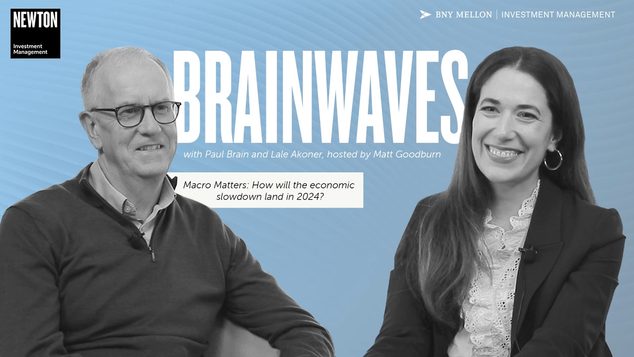- This was a function of financial-sector deregulation, globalization, and the dominant central-bank belief in not leaning against financial excess. Over this period, the growth of the financial economy has outpaced that of the non-financial economy. Despite the 2008 global financial crisis, the global financial system remains largely unchanged, with elevated leverage at the system level a source of systemic risk. The continued pressure on the pillars of globalization is likely to affect how the global financial system operates and evolves.
Your capital may be at risk. The value of investments and the income from them can fall as well as rise and investors may not get back the original amount invested.
These opinions should not be construed as investment or other advice and are subject to change. This material is for information purposes only. Any reference to a specific security, country or sector should not be construed as a recommendation to buy or sell investments in those countries or sectors. Please note that holdings and positioning are subject to change without notice.








